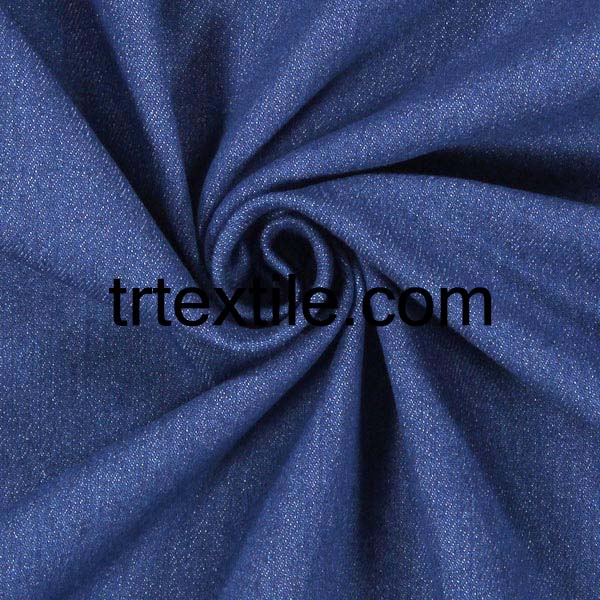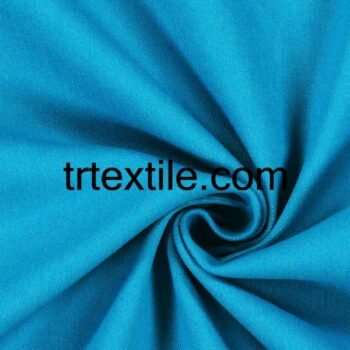Denim fabric is a versatile and enduring material that has been a staple in fashion for centuries. The durable and rugged fabric is a favorite among designers and consumers alike for its timeless appeal and ability to withstand the test of time.
Denim fabric is a type of cotton twill fabric that is woven with a diagonal ribbing pattern. This unique weaving technique gives denim its characteristic strength and durability, making it ideal for clothing that is subjected to frequent wear and tear.
The origins of denim can be traced back to the late 18th century, when it was first produced in the French town of Nîmes. The fabric, known as “serge de Nîmes,” was quickly adopted by American miners and laborers due to its durability and resilience. In the mid-19th century, denim was further popularized by Levi Strauss, who used the fabric to create the first pair of blue jeans.
Today, denim is a ubiquitous material that is used in a wide range of clothing and accessories, from jeans and jackets to bags and shoes. The fabric’s versatility and durability make it a popular choice for both casual and formal wear, and it has become a symbol of youth culture and rebellion.
One of the key features of denim fabric is its indigo dye, which gives the fabric its characteristic blue color. The dye is traditionally made from the indigo plant, which has been used for centuries to create vibrant and long-lasting colors. The indigo dye used in denim is known for its ability to fade and develop a unique patina over time, giving each garment a personalized and lived-in look.
In addition to its distinctive color, denim fabric is also prized for its durability and strength. The tight weave of the fabric makes it resistant to tearing and abrasion, making it an ideal choice for clothing that is subjected to frequent use. Denim is also known for its ability to retain its shape and structure, even after repeated washing and wear.
Another key characteristic of denim fabric is its versatility. The fabric can be woven in a variety of weights and textures, ranging from lightweight and stretchy to heavy and rigid. This versatility allows designers to create a wide range of garments and styles, from form-fitting skinny jeans to oversized denim jackets.
In recent years, denim fabric has also become a popular choice for sustainable and eco-friendly fashion. Many manufacturers now use organic cotton and natural dyes to create denim that is less harmful to the environment. Additionally, some companies have begun recycling old denim to create new fabric, reducing waste and conserving resources.
Overall, denim fabric is a timeless material that continues to be a favorite among designers and consumers alike. Its durability, versatility, and unique aesthetic make it a staple in fashion that is sure to endure for many years to come. Whether you prefer classic blue jeans or trendy denim accessories, denim fabric is a must-have in any wardrobe.




